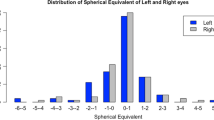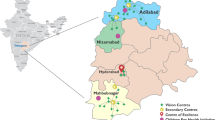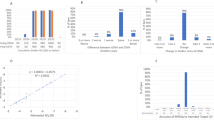Abstract
OBSERVATIONS have been frequently made upon the remarkable eyesight of certain uncivilised tribes. Travellers have told us of guides who could see four of Jupiter's satellites with the unaided eye; and lately Sir Redvers Buller has declared that the average Boer can see at least two miles further than the British soldier. It is of some interest to consider whether this superiority is due to a real change in the optical properties of the eye, or merely to some special ability to interpret slight differences of impression, which might be acquired by practice. As we have as yet no data as to the constants of a Boer's eye, we may raise the question whether such feats are optically impossible for an Englishman's eye.
This is a preview of subscription content, access via your institution
Access options
Subscribe to this journal
Receive 51 print issues and online access
$199.00 per year
only $3.90 per issue
Buy this article
- Purchase on SpringerLink
- Instant access to full article PDF
Prices may be subject to local taxes which are calculated during checkout
Similar content being viewed by others
Author information
Authors and Affiliations
Rights and permissions
About this article
Cite this article
PERCIVAL, A. The Optics of Acuteness of Sight. Nature 63, 82–83 (1900). https://doi.org/10.1038/063082e0
Issue date:
DOI: https://doi.org/10.1038/063082e0



